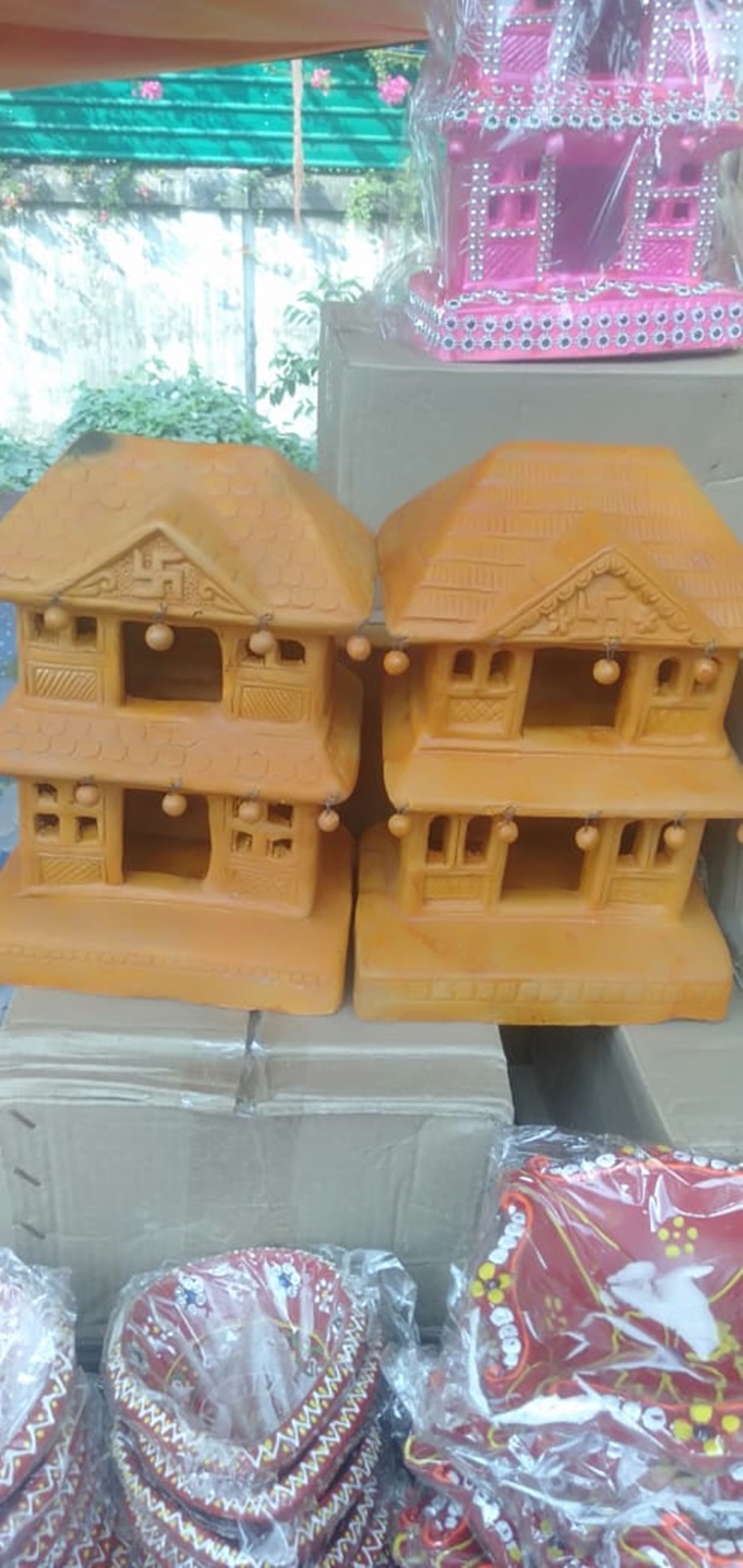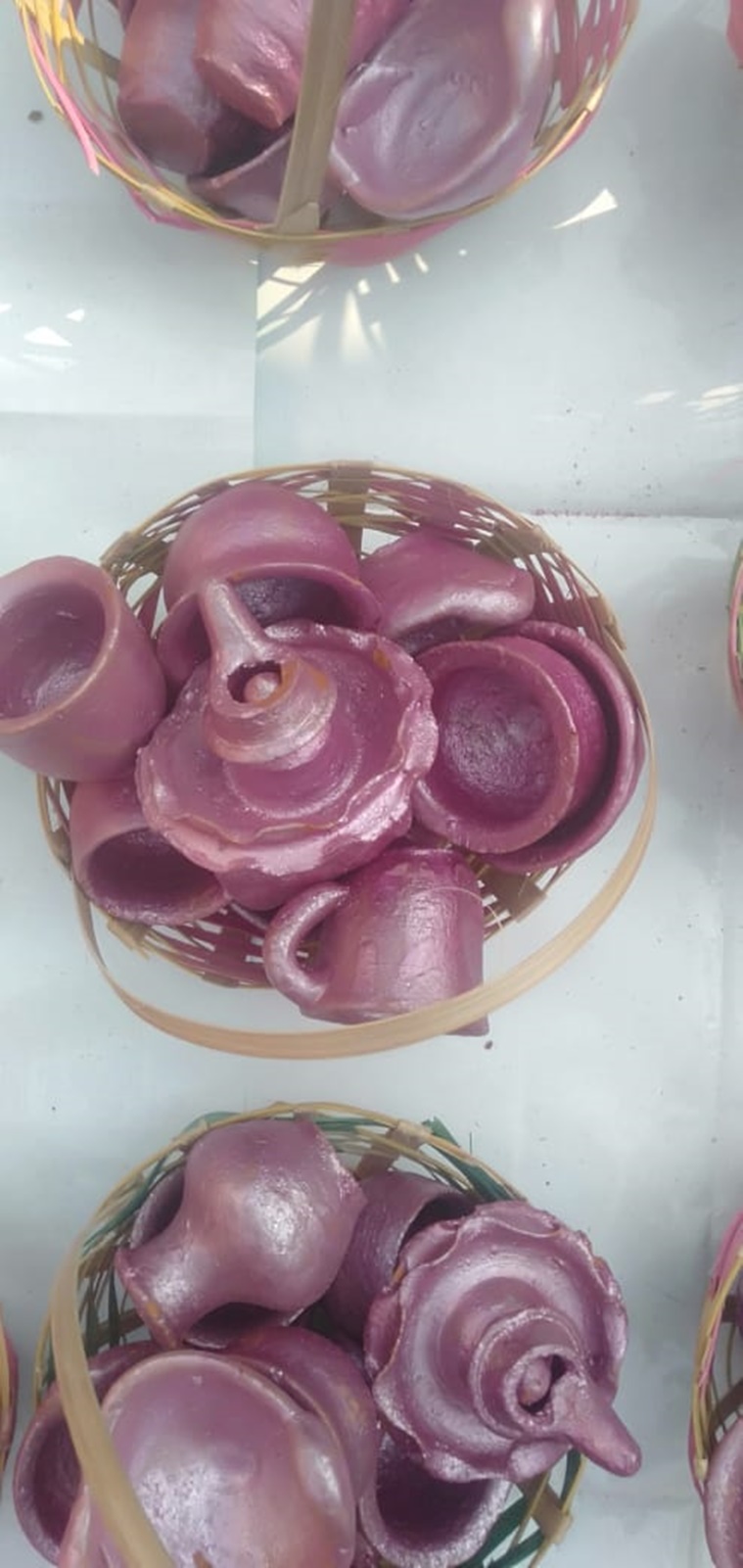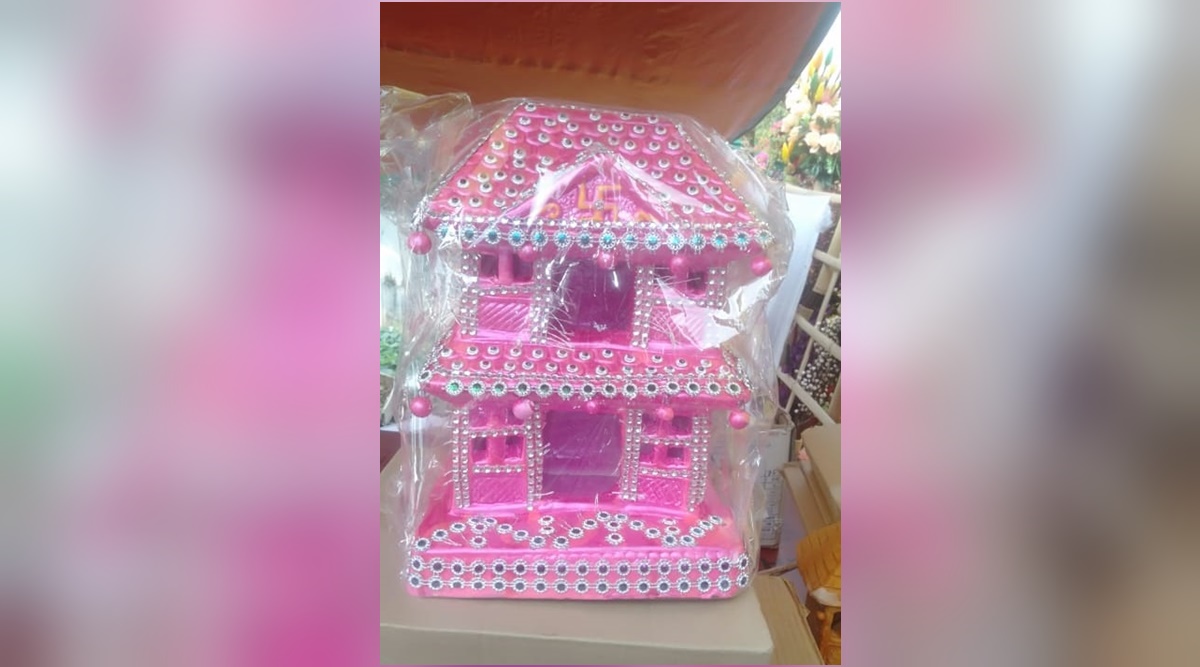The months of October and November are marked by festivities that begin with the ‘aagaman‘ of Goddess Durga and end with Chhathi Mai for the people of Bihar and Poorvanchal. One cannot miss the glitter and grandeur of Diwali, that is synonymous with well-lit houses and markets flooded with kaju, kishmish and other traditional sweets.
It is a literal struggle deciding between whether to eat ladoos or perakiya, or to buy phuljaris and chakris. Festivals and traditions bind us together. Rituals are integral to one’s existence, but we are forgetting the little joys and essence of traditions — which were to spread hope and happiness.
 ALSO READ | Diwali is incomplete without soan papdi; what makes this humble dish so popular in India?
ALSO READ | Diwali is incomplete without soan papdi; what makes this humble dish so popular in India?
Across cultures, festivals have always brought societies and families closer. Sadly, these cultural practices — just part of our collective memories now — are dying. Traditions, which are an intrinsic part of all cultures, can be manifested in forms of art, customs and conventions passed from one generation to another without being structurally documented but collectively owned. These non-written forms of knowledge system carried in regional language embrace an array of social capital such as folkways, folklores, folk music, theatre, dance, as well as societal values and rules. Mnemonic accounts, therefore, are powerful tools that weave the life of tradition.
One such little Diwali tradition was the art of making ‘gharondas‘ — houses made of clay decorated with natural colours made with rice flour, hibiscus flowers and turmeric. Beyond the aesthetics, these little abodes of mud houses were adorned with diyas, flowers, gulaal, colourful cardboard, broken bangles and other such discarded items.
ALSO READ | Diwali 2022: How people are preparing for the festival of lights
Gharondas were marvel architectures carved out of dreams and hopes — it was every girl’s safe place, her security, a place to dream big, to breathe, to make her imaginations soar without the fear of being judged.
 A gharonda in the making. (Photo: Aditi Narayani)
A gharonda in the making. (Photo: Aditi Narayani)
In olden days, the clay was brought from the kumhars of Vaishali; this was soft clay dug from the interiors as they were easier to mould. Within those clay walls of gharonda, we used to play with ‘kuliya chukiya‘ (kitchen set), a pastel-coloured shimmered set made with clay. It also featured ‘chaak‘ (potter’s wheel), the pride of the kumhar community.
Batashe, puffed rice, kheer, kheel, edible sugar crafted toys were a quintessential part of Diwali puja; these sugar toys came in various shapes of minarets and animals. The ‘chaughars‘ in kuliya chukiya were for marital bliss.
Diwali was incomplete without the inclusion of kumhars in our rituals. Prakash, one of the potters from Bihar who put up his stall in Delhi’s Masoodpur village, said during Diwali he can spin about 50 kg of clay on his chaak and can make 1,000 diyas. He has also mastered the art of making kulhad and gabni (a ritualistic object). In Delhi, the kumhar bastis are located in Uttam Nagar; one can walk an extra mile and make Diwali special for them by sourcing diyas from here.
 Kuliya chukiya (Photo: Aditi Narayani)
Kuliya chukiya (Photo: Aditi Narayani)
Another interesting belief was that of spotting a rare owl, considered to be the carrier of Goddess Lakshmi. It is said its sight could bring wealth — as the ‘vahana‘ is the embodiment of material wealth, intellectual wealth, and spiritual wealth. The footsteps of the Goddess are also drawn at the entrance with bright colours mixed with rice flours signifying her ‘aagaman‘.
Diwali also means different things to different people. Children in the northern belt often accompany their parents to shops, factories or offices to set up idols of Lakshmi and Ganesh to attract wealth and prosperity. In Bengal, the ‘prodeep‘ awaits the arrival of the Goddess.
Most Read 1Chandrayaan-3 mission: Dawn breaks on Moon, all eyes on lander, rover to wake up 2As Indo-Canadian relations sour, anxiety grips Indian students, residents who wish to settle in Canada 3Karan Johar says Sanjay Leela Bhansali did not call him after Rocky Aur Rani: ‘He’s never called me but…’ 4Gadar 2 box office collection day 40: Hit by Shah Rukh Khan’s Jawan onslaught, Sunny Deol movie ends BO run with Rs 45 lakh earning 5Shubh’s tour in India cancelled: Why is the Canada-based singer facing the music?
The long and tedious description of the rituals and the backstory of the festival in different regions of the country indicate that this one festival has myriad interpretations and meanings attached to it. Somewhere, the motive is to garner prosperity and peace; elsewhere, it stands for the destruction of evil and all hurdles. Despite the differences, one underlying belief remains constant: the role of the Goddess in liberating human life from the grip of darkness.
Diwali generates an essence of belonging (and ‘utsah‘), which is imperative for the social assimilations and to establish a sense of togetherness, solidarity and expression of self.
Also ReadA silent protest: This 80-foot-tall mural in Kolkata shows masculinity th…Michael Jackson’s moonwalk hat to be auctioned in ParisAmrita Sher-Gil’s painting breaks record for the most expensive Indian ar…In her debut solo, Ishita Chakraborty highlights the fragile landscape of…
📣 For more lifestyle news, follow us on Instagram | Twitter | Facebook and don’t miss out on the latest updates!
© IE Online Media Services Pvt Ltd


